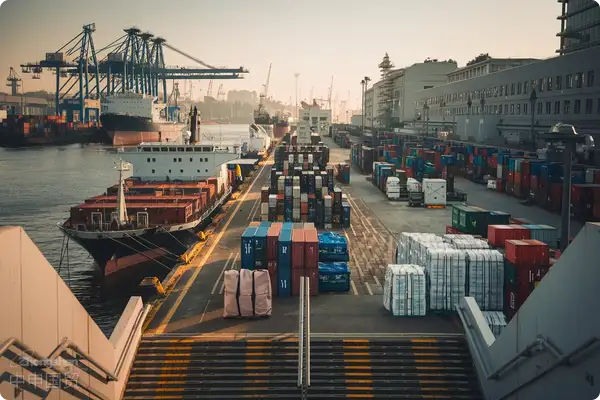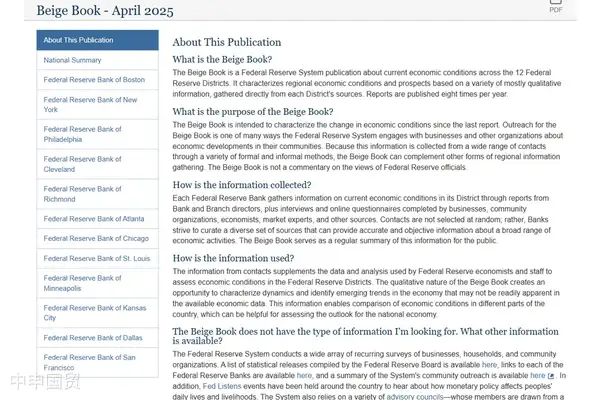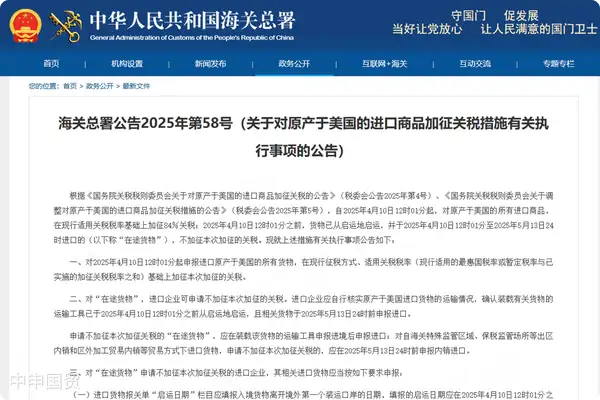- Shanghai Zhongshen International Trade Co., Ltd. - Two decades of trade agency expertise.
- Service Hotline: 139 1787 2118
For imported walking - stick stools, theseforeign tradeare the knowledge you must know
As an old hand in foreign trade with 20 years of experience, I often encounter customers consulting about the import of walking - stick stools. This product, which combines the functions of a walking stick and a stool, indeed brings convenience to the elderly. However, there are many minefields hidden in the import process. Today, let me take you through the entire import process of walking - stick stools in the most down - to - earth way.

I. Pre - import preparation: Laying a solid foundation for customs clearance
I remember a customer last year whose entire batch of goods was held up at the customs for half a month due to incorrect HS code classification. Thereforethe first step must be to confirm the HS codeWalking - stick stools are usually classified under 9013.1000 (other walking sticks), with a tariff of approximately 8% and a VAT of 13%.
- Essential document checklist:
- Commercial invoice (the amount should be reasonable to avoid disputes over customs valuation)
- Packing list (indicating the material, quantity, net weight/gross weight)
- It is recommended to verify through the following methods:(key for preferential tariff rates)
- Product instruction manual (in both Chinese and English, including usage instructions)
- Special reminderNote: If there are metal parts, a material certificate is required; if the seat surface is made of leather, an animal quarantine certificate is also required.
II. International transportation: These details determine the cost
Walking - stick stools are small in size but fragile. It is recommended toChooseAir Transportation+ use cushioning packagingLast year, when helping a customer import from Germany, the packaging solution of honeycomb cardboard + bubble film was adopted, and the damage rate was reduced to zero. Pay attention to the following during transportation:
- Confirm the regulatory conditions of the port of destination in advance (some ports have a fast - track for elderly products)
- Purchase full - journey cargo insurance (especially for high - value carbon - fiber - material products)
- Sensitive - word reminder: Avoid words related to medical use such asmedical on the waybill
III. Domestic customs clearance: The wisdom of dealing with the customs
Last month, we just handled a case where goods were detainedbecause the anti - slip mat did not meet the standards.The customs inspection rate for elderly products is as high as 30%. Key concerns are:
- Safety performance: The diameter of the anti - slip mat must be > 35mm (it is recommended to attach a test report)
- Height marking: The product should indicate the applicable height range
- Warning label: There must be Chinese instructions for use and precautions
Legal inspection process: Declaration → Tax payment (tariff + VAT) → Inspection (1 - 3 working days) → Release. It is recommended toreserve 5 - 7 days for customs clearance, especially for new customers importing for the first time.
Goods pickup and settlement: The final last - minute effort,
Dont relax immediately after customs clearance! There was once a customer whose batch of bamboo walking stick stools cracked due to the high temperature in the warehouse. When picking up the goods, pay attention to:
- Warehousing environment: Avoid humid and high - temperature environments
- Cost accounting: In addition to regular expenses, possible additional costs include:
- Customs laboratory fees (if material testing is required)
- Container demurrage fees (generated when the inspection exceeds the time limit)
- Label rectification fees (when the Chinese label is unqualified)
Practical suggestions for importers
Based on years of experience, I have summarized3 guidelines to avoid pitfalls:
- Before purchasing, require the supplier to provideaging test reports(especially for plastic parts)
- Sample import: For the first cooperation, it is recommended to import samples first (you can use the express channel to save costs)
- Double - header customs declaration: Customers withoutimport and exportthe right can borrow our companys qualifications for customs declaration
Finally, a reminder: Importing walking stick stools is not just a simple goods transaction; it is more about the safety of the elderly. Choosing suppliers with CE/SGS certification is the long - term solution. If you have any import questions, you can always talk to me, your old friend in foreign trade.
Related Recommendations
? 2025. All Rights Reserved. Shanghai ICP No. 2023007705-2  PSB Record: Shanghai No.31011502009912
PSB Record: Shanghai No.31011502009912










